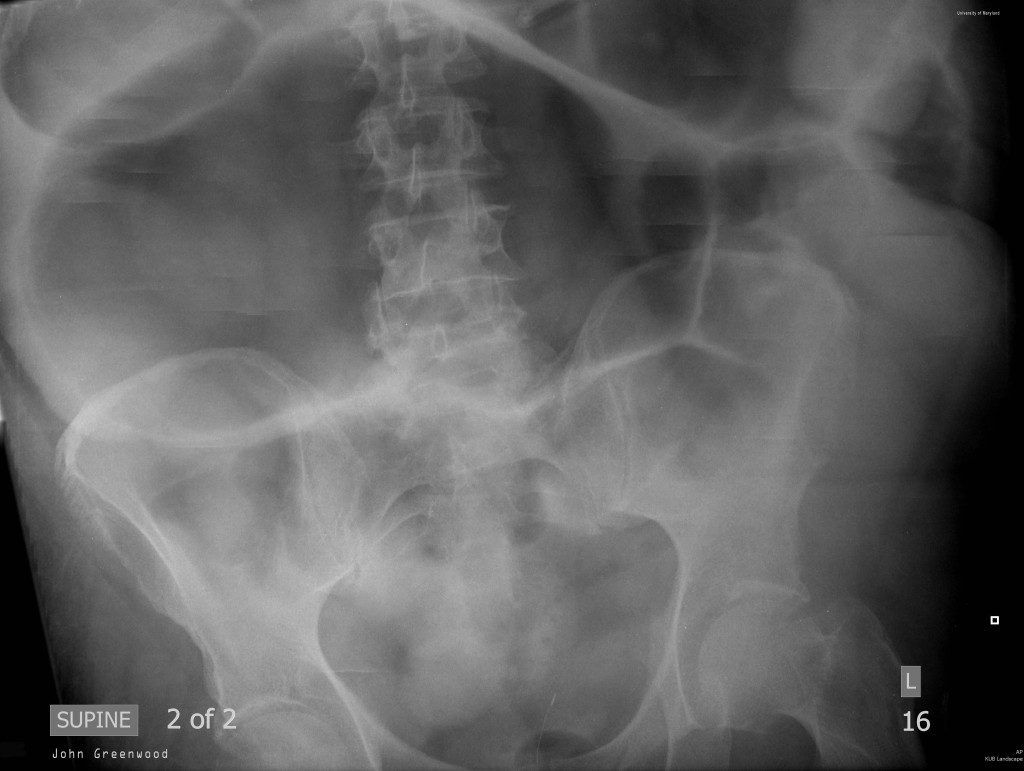Today we have the pleasure of welcoming Dr. Megan Graybill Anders, a new addition to the Maryland Anesthesiology-Critical Care department and all-around airway guru! Over the last year, she has started an initiative to tag all surgical airways with a simple “How-to guide” in regards to handling any and all disasters. Dr. Anders was generous enough to donate 45 minutes from her day to ease the anxiety and palpitations often associated with a crashing patient possessing unfamiliar tracheal access.
Podcast: Play in new window | Download
Subscribe: Apple Podcasts | RSS
(Thank you to Ellen Marciniak for the great summary)
Tracheostomy 101:
- Dual has “inner cannula” which can be removed (to clear clots, mucus plugs, etc)-many of ours are dual cannula.
- Dual lumen = smaller internal diameter = potential for increased work of breathing
- Single lumen = bigger internal diameter = less work of breathing BUT it is harder to clear out any plugs
- Percutaneous
- Bedside for STRAIGHTFORWARD Upper Airway anatomy (and thus be easier to intubate if needed)
- Stoma will close almost immediately if trach is removed within first 3-5 days; you will be UNLIKELY to replace the trach if this happens
- Open
- More stable if lost accidentally
- Most will have Stay Sutures: long, taped-down sutures around a fresh trach used to allow opening of the incision and elevation of the trachea; assist in replacement of trach
3) Bleeding:
- <48 hrs: not a fistula (surgery-related bleeding or granulation tissue irritation)
- >48 hrs: Worrisome for a TIF (tracheoinnominate fistula)
- Risk factors: malposition of the tube, high cuff pressures
- 50%+ have a sentinel bleed in the first few days
- Treatment:
- Hyperinflate the cuff
- Look for intra-airway bleeding (asphyxiation before exsanguination)
- Remove offending tube and endotracheally intubate aiming for the carina
- Then use your finger to compress the artery against the sternum while
- Operative assistance!
Laryngectomy 101:
VERY important is terminology
1) Complete Laryngectomy:
- Total re-routing of trachea; a very stable solution
- You CANNOT intubate these patients from above (“The Nose is just an accessory!”)
- You can place an ET tube in their stoma if needed
2) Partial Laryngectomy:
- A temporary tracheostomy often due to postoperative edema
- Plan being removal of the tracheostomy after swelling goes down
- You CAN intubate from above
Initial steps during emergencies:
- Apply oxygen to face and stoma
- Assess gas exchange (capnography, listen around tube)
- Watch for subcutaneous air which may signify a dislodged tube
- Ensure patency of tube:
- Remove inner cannula(if present)
- Pass suction catheter
- Deflate cuff
- Lastly: Remove if not patent!!!
Suggested Web Links:
National Tracheostomy Safety Project-check out the algorithms page for sure. Also, there are a bunch of Youtube videos (that’s right) to demonstrate steps of the algorithm for your viewing pleasure
Multidisciplinary guidelines for the management of tracheostomy and laryngectomy airway emergencies



